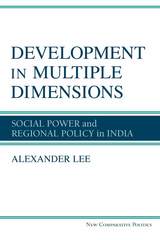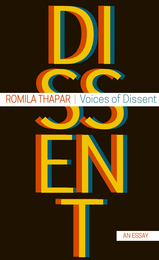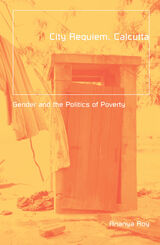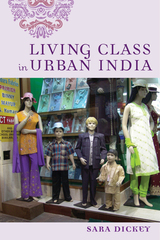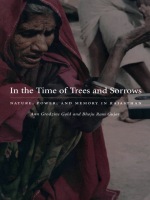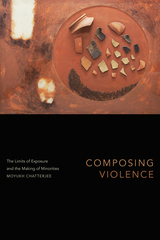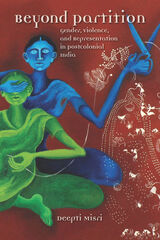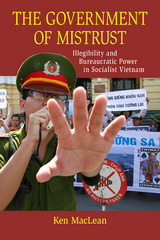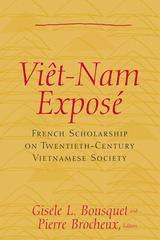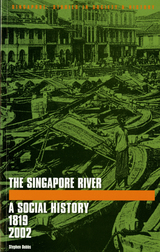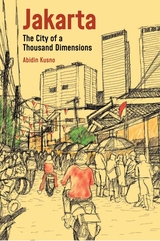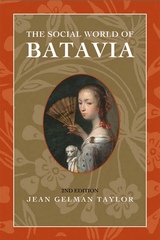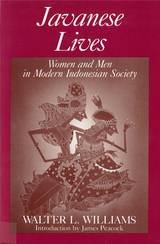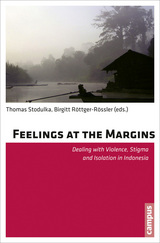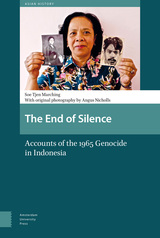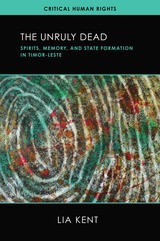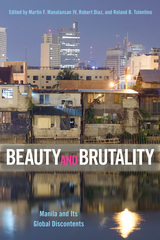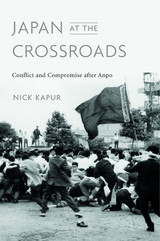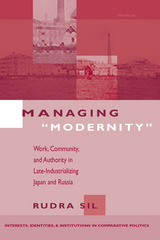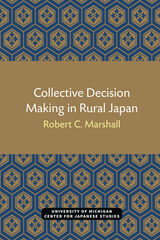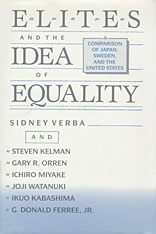The Social World of Batavia: Europeans and Eurasians in Colonial Indonesia
University of Wisconsin Press, 2009
Paper: 978-0-299-23214-6 | eISBN: 978-0-299-23213-9 (all)
Library of Congress Classification HN710.J23T39 2009
Dewey Decimal Classification 303.4825980492
Paper: 978-0-299-23214-6 | eISBN: 978-0-299-23213-9 (all)
Library of Congress Classification HN710.J23T39 2009
Dewey Decimal Classification 303.4825980492
ABOUT THIS BOOK | AUTHOR BIOGRAPHY | REVIEWS | TOC | REQUEST ACCESSIBLE FILE
ABOUT THIS BOOK
In the seventeenth century, the Dutch established a trading base at the Indonesian site of Jacarta. What began as a minor colonial outpost under the name Batavia would become, over the next three centuries, the flourishing economic and political nucleus of the Dutch Asian Empire. In this pioneering study, Jean Gelman Taylor offers a comprehensive analysis of Batavia’s extraordinary social world—its marriage patterns, religious and social organizations, economic interests, and sexual roles. With an emphasis on the urban ruling elite, she argues that Europeans and Asians alike were profoundly altered by their merging, resulting in a distinctive hybrid, Indo-Dutch culture.
Original in its focus on gender and use of varied sources—travelers’ accounts, newspapers, legal codes, genealogical data, photograph albums, paintings, and ceramics—The Social World of Batavia, first published in 1983, forged new paths in the study of colonial society. In this second edition, Gelman offers a new preface as well as an additional chapter tracing the development of these themes by a new generation of scholars.
Original in its focus on gender and use of varied sources—travelers’ accounts, newspapers, legal codes, genealogical data, photograph albums, paintings, and ceramics—The Social World of Batavia, first published in 1983, forged new paths in the study of colonial society. In this second edition, Gelman offers a new preface as well as an additional chapter tracing the development of these themes by a new generation of scholars.
See other books on: Elite (Social sciences) | Europeans | Indonesia | Interracial marriage | Netherlands
See other titles from University of Wisconsin Press

